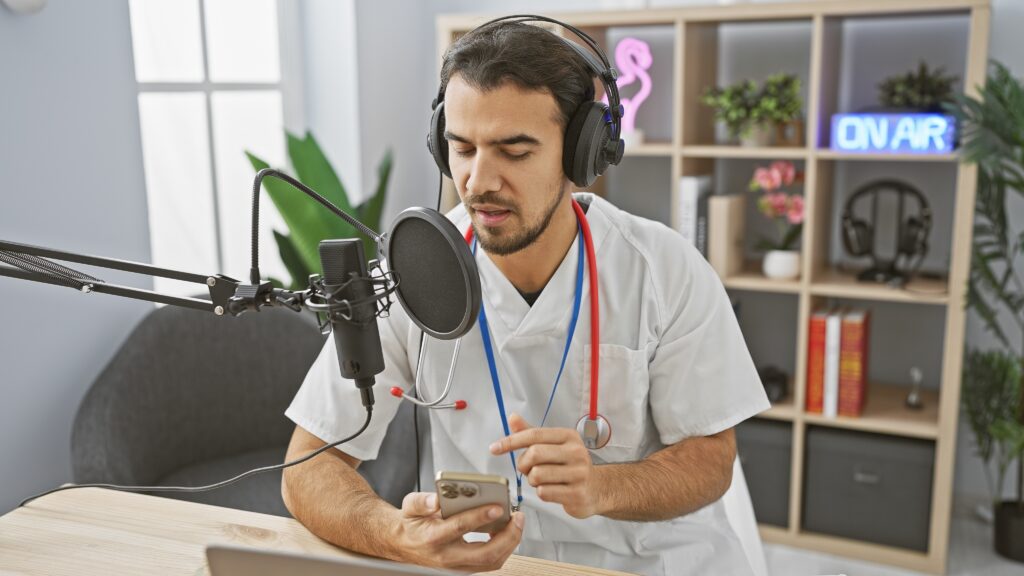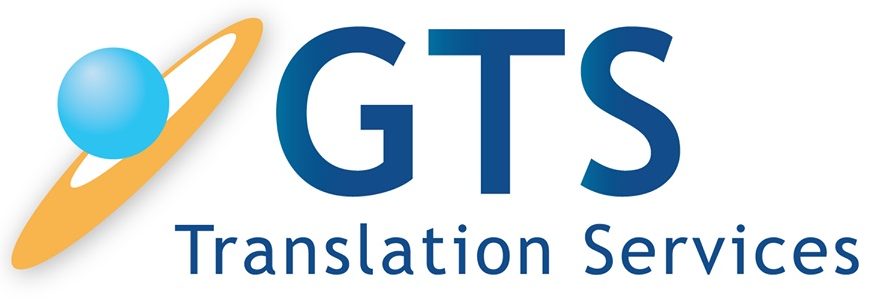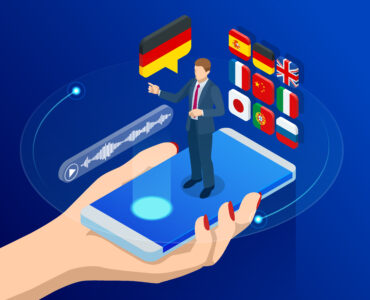The Future of AI in Multilingual Doctor–Patient Communication
How AI voice technology is transforming global healthcare conversations
Why Multilingual AI Matters in Healthcare
In a globalized world, effective communication between doctors and patients who speak different languages is critical. Language barriers can delay diagnosis, reduce care quality, and even result in life-threatening errors. That’s why the rise of AI-powered multilingual voice technology is a major breakthrough for healthcare. With global migration on the rise and multilingual populations growing in cities and rural areas alike, the need for fast and accurate language interpretation in clinical environments is stronger than ever.
Traditional methods like on-site interpreters or phone-based interpretation services have limitations—they can be costly, time-consuming to arrange, and not always available in urgent scenarios. AI voice technology offers real-time, scalable solutions that reduce response time and improve clinical workflows.
Voice AI for Medical Conversations
A new wave of voice AI projects is training systems to understand and participate in doctor–patient interactions across languages. These projects use scripted medical conversations—such as prenatal visits, chest pain evaluations, and chronic illness checkups—to develop realistic, culturally sensitive AI models.
Recordings are made with native speakers in clinical-sounding environments, often supported by platforms like ChatGPT to generate scenarios. These training datasets help AI understand not just language but tone, pacing, and empathy—qualities essential for healthcare.
Some projects go further by introducing ambient noise (like hospital sounds) into recordings to simulate real-world conditions, enhancing the model’s robustness and real-life accuracy.

Leading Companies in the Space
Here are some startups and innovators driving AI in multilingual healthcare:
- Suki AI – A voice-enabled digital assistant that is expanding into multilingual transcription.
- K Health – Uses AI chat for multilingual virtual doctor visits.
- Deepgram and AssemblyAI – Build cutting-edge multilingual automatic speech recognition (ASR) engines.
- MayaMD – Focuses on multilingual symptom-checking tools for underserved populations.
Use Cases in Real-World Healthcare
Multilingual voice AI is proving useful in settings such as:
- Emergency rooms without human interpreters
- Remote telehealth appointments with language barriers
- Clinics serving immigrant or refugee populations
- Medical mission work in underserved global regions
In each of these environments, multilingual AI enables faster triage, better patient understanding, and more efficient use of medical personnel.

Why Human Oversight Still Matters
While AI helps streamline multilingual communication, the need for certified medical translation remains critical. At GTS Translation Services, we provide human-verified translation of:
- Informed consent documents
- Medical records and diagnostic reports
- Clinical trial materials
- Prescription and usage instructions
AI can augment communication, but it should never replace expert human review—especially in regulated or high-risk medical contexts. Misinterpretations in dosage or medical advice can have severe consequences.
The Road Ahead
With multilingual voice AI evolving rapidly, the future of global healthcare is becoming more accessible, inclusive, and intelligent. We foresee these systems integrating into electronic health records (EHRs), supporting clinical documentation, and even contributing to medical education in multiple languages.
The potential for AI to reduce healthcare disparities is enormous. By combining advanced technology with professional linguistic expertise, we can ensure that patients everywhere receive the care they need—regardless of language.
Need Certified Medical Translation?
Trust GTS for accurate, professional medical translation in over 80 languages.





